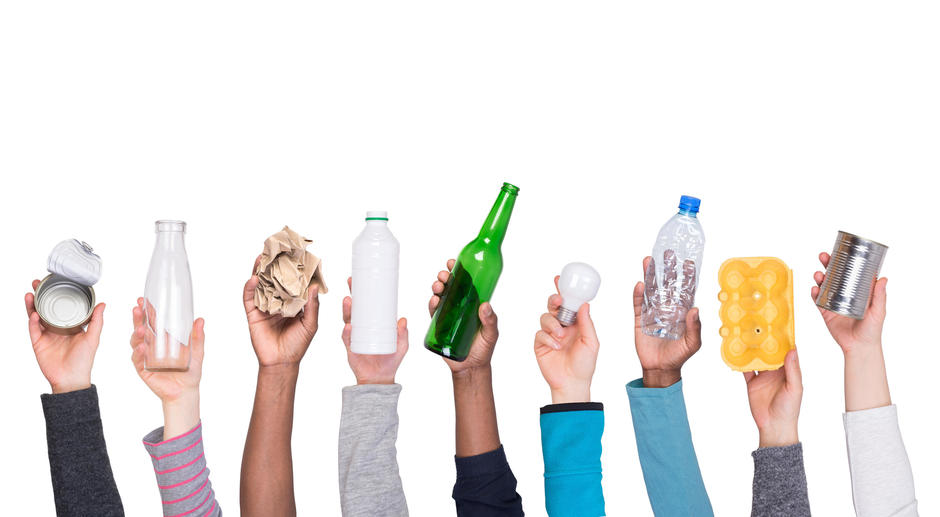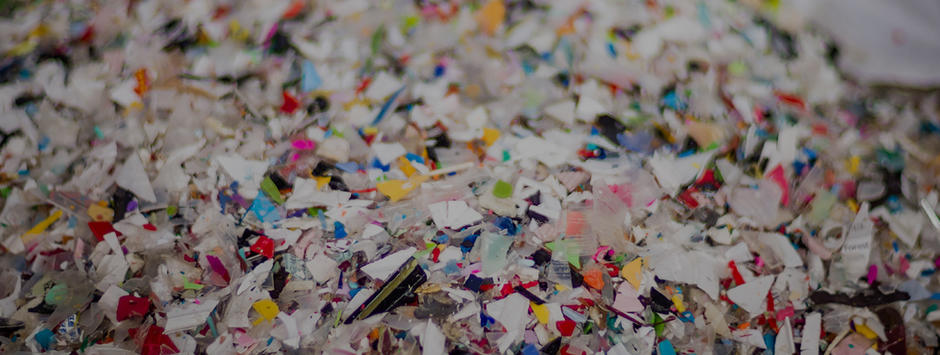Veolia Voice
Welcome to our new series, Veolia Voice, where we aim to elevate and express our views on the key issues and challenges in society that impact what we do.

Roadmap will pave the path for plastic plan
Despite what some people may think, plastic isn’t the enemy. It’s a valuable material that has provided a plethora of solutions and a multitude of uses for a whole host of everyday activities. Plastic is lightweight, making it great for transport across long distances and thereby reducing the carbon footprint of doing so. Of course, it’s so useful in packaging and preserving food. Most importantly, plastic can be recycled.
With plastic having a place in society, it’s great to see the release of the Roadmap to 2025 by the Australian Packaging Covenant Organisation (APCO). The roadmap is a considered and clearly articulated path to achieving the 4 Australia New Zealand Pacific Islands Plastic Pact (ANZPAC) targets.
- Eliminate unnecessary and problematic plastic packaging through redesign, innovation and alternative (reuse) delivery models.
- 100% of plastic packaging will be reusable, recyclable or compostable by 2025.
- Increase plastic packaging collected and effectively recycled by 25% for each geography within the ANZPAC region.
- Average of 25% recycled content in plastic packaging across the region.
As a proud member of the ANZPAC collective action group (APAC), we fully support the roadmap. It spells out the roles for the key players, including those like us in the waste management industry and what each needs to do if the goals are to be realised.
It is a product of incredible collaboration from over 100 organisations across Australia, New Zealand and the Pacific Islands, all of which share a vision to solve the plastic packaging crisis.
As the leader in ecological transformation, we believe we can achieve a circular economy for plastic packaging if we pivot the entire supply chain. That’s pivot, not drastically change or alter or even reinvent.
It begins with product manufacturers which need to make products that are readily recyclable and that use raw materials. This is about eliminating – or at least significantly reducing – the problem at its roots. We’re already seeing big advances on this front from manufacturers turning to sustainable and readily recyclable packaging, like milk cartons made from renewable plant-based material instead of plastic.
From there, government authorities need to work with industry to implement better and more consistent collection systems. Making the process clearer and more uniformed across jurisdictions would increase recycling rates and decrease the amount of recyclable products being unnecessarily sent to landfills.
As an extension of that, recycling businesses like ours need to continue to innovate and build greater capacity for reprocessing of recycled material. At our Bibra Lake Materials Recycling Facility in WA, for example, we’ve invested in a sophisticated optical sorter capable of sorting different types of plastic. This means we recycle more plastic, making it available for reuse in other products in a process that drives the circular economy and promotes ecological transformation.
Consumers, too, have a key role to play by voting for sustainable products with their wallets and putting the right thing in the right bin.
Now is the time to execute the ANZPAC Plastic Pact Roadmap so that we can meet the targets we’ve set. The changes we make will work, but only if we work together and all play our part.
Learn more about the roadmap here.



